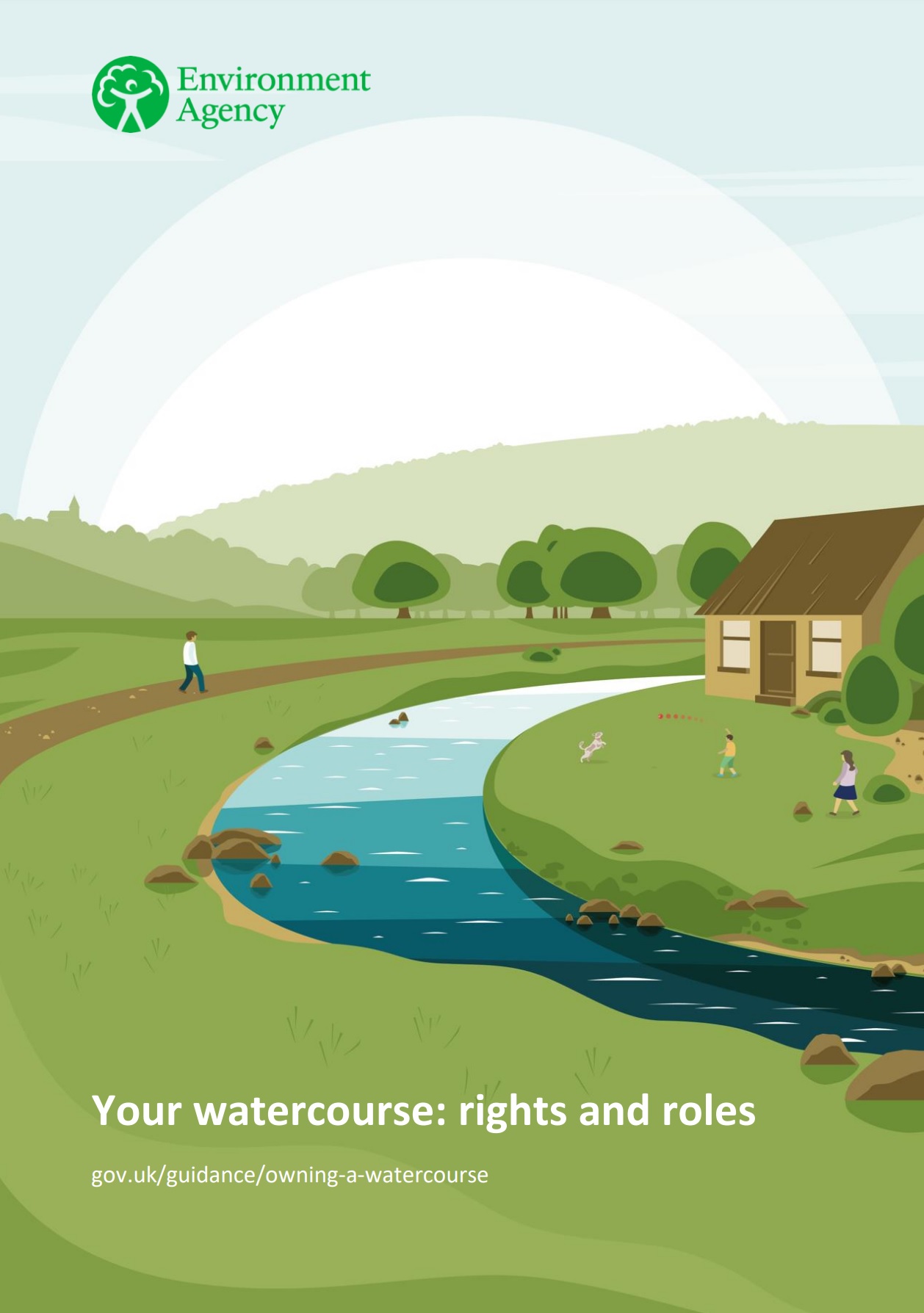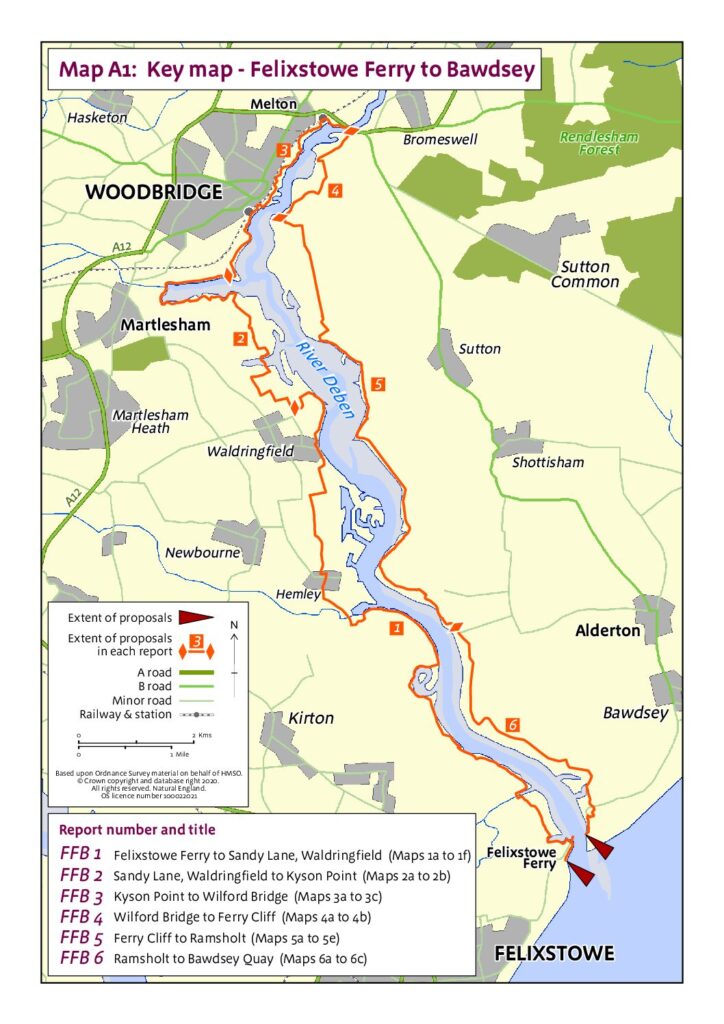At the East Suffolk Catchment Plan (ESCP) workshop organised by the Essex and Suffolk Rivers Trust (ESRT) on 08Feb24, Alison Parnell of the Environment Agency was asked about the outcome of EA’s regular water testing programme at Waldringfield (now that it has Bathing Water status). She explained that the water quality data is gathered regularly, uploaded frequently and is publicly available online. The EA has also prepared a simple handout explaining how to access and interpret the data.
The Bathing Water Regulations 2013 set out the bathing water ‘season’, which runs from 15 May to 30 September each year. The EA is required to test for two types of bacteria, and Waldringfield is sampled twenty times a season. At the workshop, she outlined the results of water testing in 2023, and she subsequently emailed us the EA report on Waldringfield Water Quality .
The report states that an Environment Agency sample taken on 2nd September was high in bacteria, both Escherichia coli (E. Coli) and Intestinal Enterococci. Without this sample, the overall water quality classification would have been ‘Good’ for 2023. On that date, the water levels were particularly high, and the entire beach and intertidal marshland was covered by the tide, leading to potentially worse than usual water quality due to the influx of rotted vegetation and bacteria from wildlife, dogs, or livestock from the rear of the marsh and strand lines. They investigated further using Microbial Source Tracking, and the samples showed evidence for faecal pollution from seabirds, dogs, pigs and some human non-faecal sources.
However, there are many factors that affect water quality, not just these two bacterial strains, and so this analysis by the EA should be considered in the context of other research, such as that by Bill Brammar and David Findley on E. Coli and phosphate levels in the upper reaches of the river.


